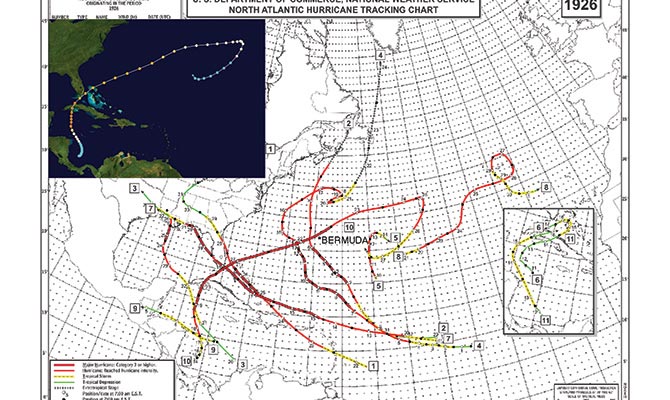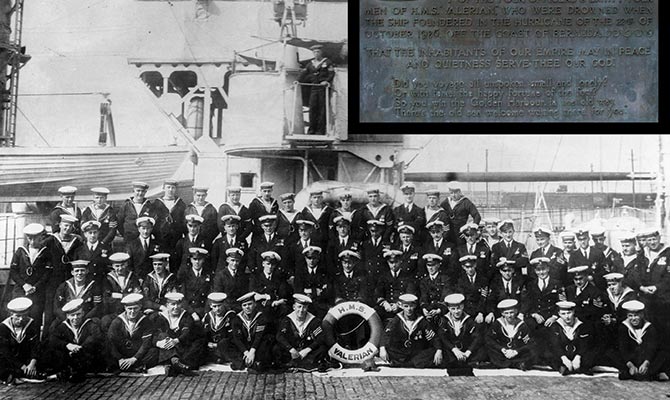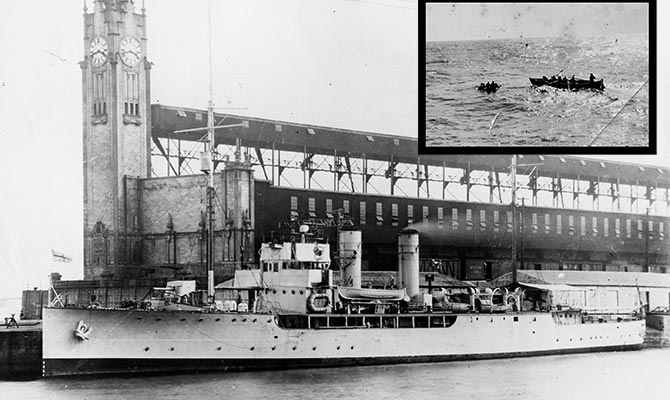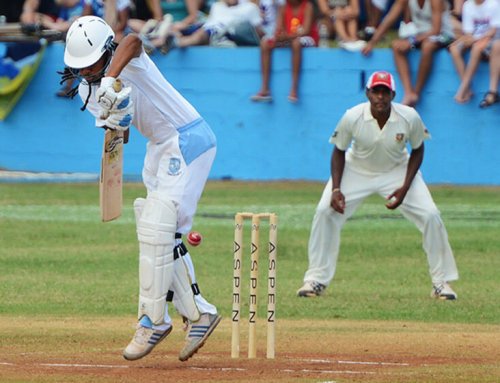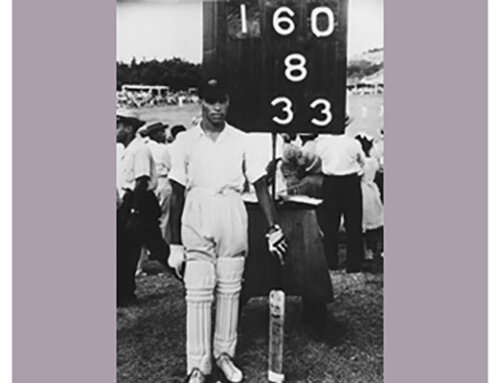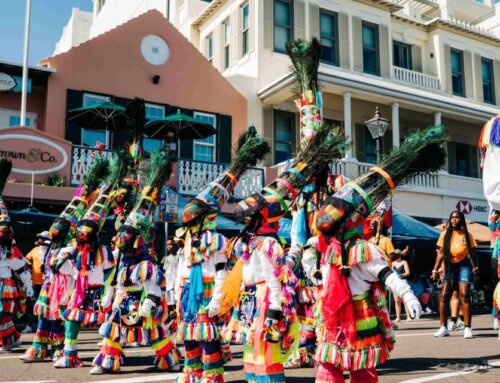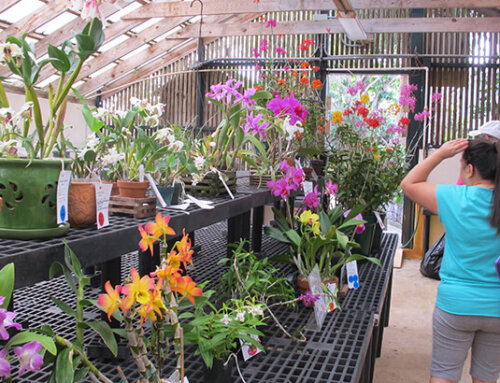By Dr. Edward Cecil Harris, MBE, JP, PHD, FSA
Four hundred and six years have passed since a whopper of a wind deposited the Sea Venture on our reefs and its crew and passengers on our eastern shores, there to reside, lost to the world, for ten months, until with forbearance they were delivered to their original destination at Jamestown, Virginia, in May 1610 on the Bermuda-built boats, Patience and Deliverance. Last October, Hurricanes Fay and Gonzalo gave the modern inhabitants of the Island a bitter taste of what the Sea Venture folk endured.
The storm of October 1926 was another late arrival, as a hurricane of devastating proportions descended upon an island informed by the Weather Bureau at Washington, but wherein, as Mrs. Terry Tucker noted: ‘For once, the usual roaring of the South Shore breakers failed as a storm omen; therefore the local weather-prophets pooh-poohed the idea that the storm would touch us in its course.’
Hurricane 10’ of 1926, as it has been named, took birth, not in the usual gestation area off West Africa, but in the Caribbean Sea to the south of the island of Cuba and some three hundred miles northwest of Panama. Within four days, it had whipped itself into a fury of hurricane proportions and on 19 October, it headed north to strike Havana, causing catastrophic damage. Number 10 then set sail, with all canvas aloft, for Bermuda to the northeast.
The storm struck on Friday, 22 October, with sustained winds of 120 miles per hour ((190 kmh) and damaged some forty per cent of the buildings. As Joan Gillian has written: ‘The centre passed over Bermuda just after noon. It was most eerie and the water in the Camber was flat calm. Then the winds came in from the opposite direction and the anemometer registered 138 mph before it broke.’
The hurricane had an onset of torrential rain and winds from the southeast, but most of the damage occurred after the eye had passed over Bermuda and the winds came from the northwest. The island’s Opera House, on Victoria Street. Elsewhere, ‘whole plantations of bananas were destroyed, fields of lily bulbs submerged beneath the tremendous downpour, and the famous, ancient cedar at Old Devonshire Church used as a belfry’ fell down.
At sea, HMS Valerian was returning to her Bermuda base, after delivering hurricane relief supplies to the Bahamas, bashed by two earlier storms. A last message at 0830 hrs on 22 October signaled that she was hove-to within sight of Gibbs Hill Lighthouse, but with increasing winds and seas, was unable to make harbour. It seems that the ship foundered in the worst of the winds, after the eye had passed Bermuda, and capsized at 1300 hours: four officers and 84 men were lost.
Thus the island in 1926, without the communication methods of present times, was caught napping, for according to Ian Stranack in his book on the Royal Navy at Bermuda, ‘no hurricane had hit Bermuda in October for over 100 years, a dangerous precedent on which to rely!’

